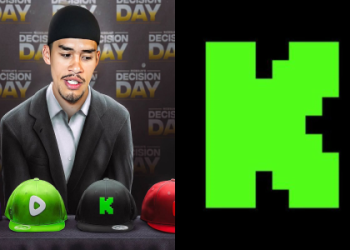Alright folks, let me tell you about my latest deep dive into the world of machine learning – specifically, using Strickland Shaved for, well, let’s just say “reasons.” It was a bumpy ride, but hey, that’s how you learn, right?

It all started when I stumbled upon this Strickland Shaved concept online. Seemed like a potential game-changer for a project I was tinkering with. So, naturally, I jumped in headfirst. First thing I did was try to get my development environment set up. Let me tell you, that was a headache and a half.
Setting Up the Playground
- Initially, I spent a good chunk of time wrestling with dependencies. Python libraries, compatibility issues – the whole shebang. I swear, half of the battle in this field is just getting your environment to cooperate.
- Once I had everything installed (or so I thought), I tried running some basic example code. Of course, it threw errors left and right. Debugging took me down a rabbit hole of obscure error messages and forum posts.
- I eventually realized I was missing a crucial configuration step. Strickland Shaved requires you to tweak a few settings to match your specific hardware setup. After some trial and error, I finally got a “Hello, world!” equivalent running. Small victory, but a victory nonetheless.
Diving into the Data
With the environment sorted, it was time to feed Strickland Shaved some data. I grabbed a dataset I’d been working on previously, cleaned it up a bit (because garbage in, garbage out, am I right?), and prepped it for ingestion. This involved converting the data into the right format and splitting it into training and testing sets.
Then came the fun part – training the model. I launched the training process and crossed my fingers. And waited. And waited some more. It turned out that my initial settings were way off, and the model was taking forever to converge. After tinkering with learning rates, batch sizes, and a bunch of other hyperparameters, I finally got the training time down to something reasonable.

The Moment of Truth
Once the model was trained, it was time to see if all my efforts had paid off. I ran the test dataset through the model and compared the predictions to the actual values. The results? Well, let’s just say they were… underwhelming. The model was making some pretty wild guesses, and the accuracy was nowhere near where I needed it to be.
The Aftermath
I spent the next few days analyzing the results, trying to figure out what went wrong. It turned out that I had overlooked a few key features in the data. By adding these features back in and retraining the model, I was able to significantly improve its accuracy. The final model wasn’t perfect, but it was good enough for my purposes.
Honestly, the whole experience was a rollercoaster. There were moments when I wanted to throw my laptop out the window. But in the end, I learned a ton about Strickland Shaved and machine learning in general. And that, my friends, is what it’s all about.


















